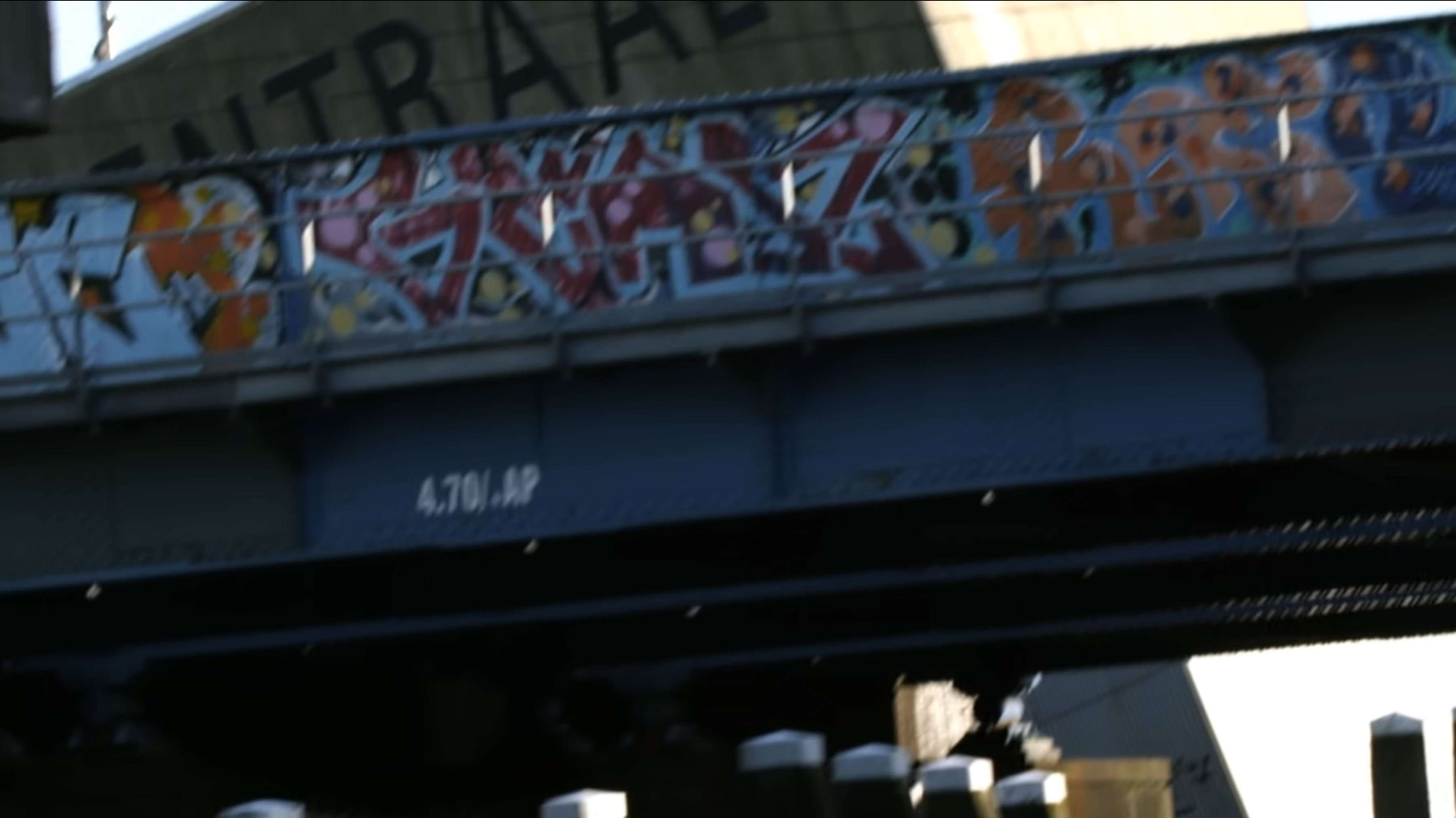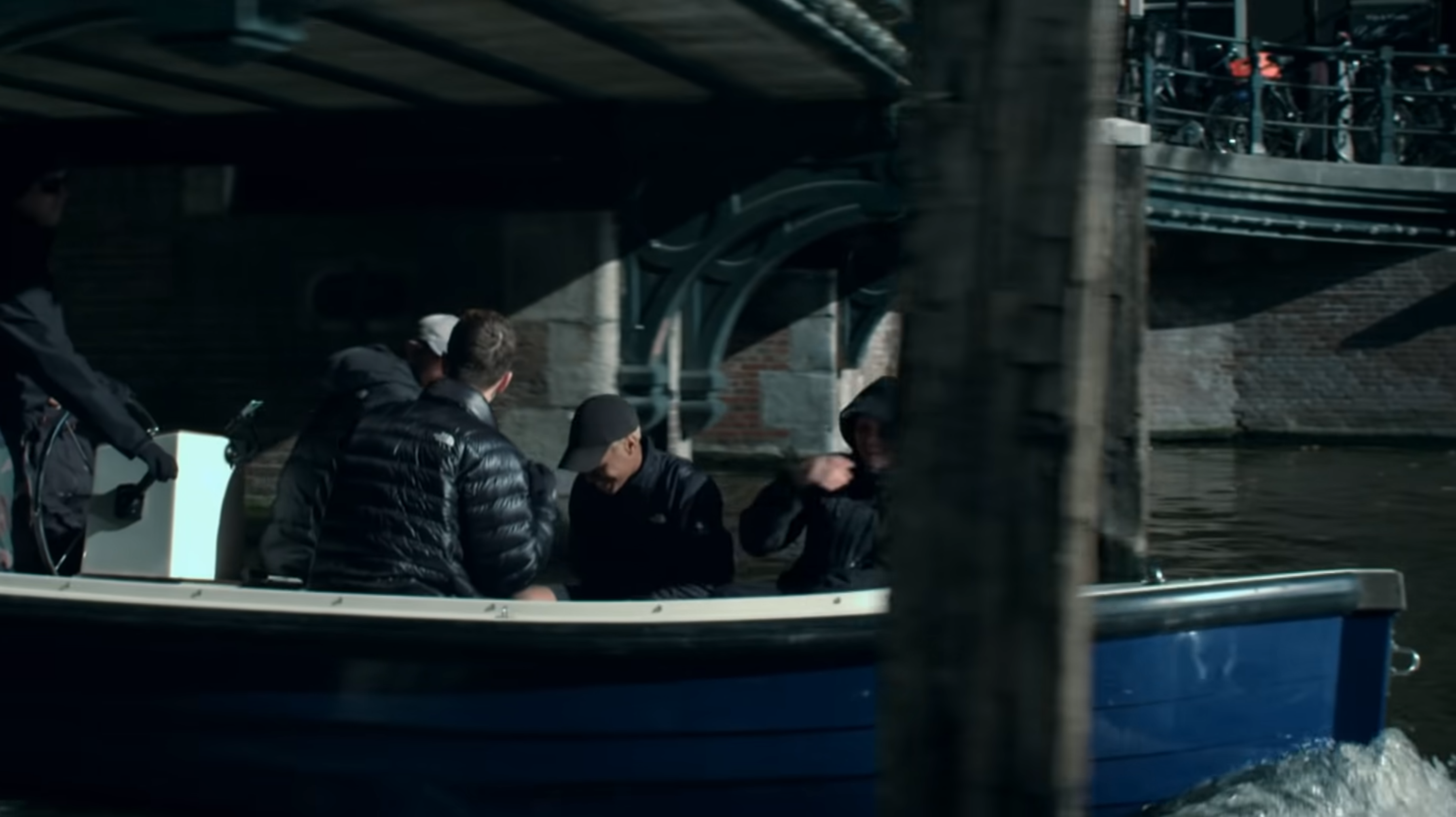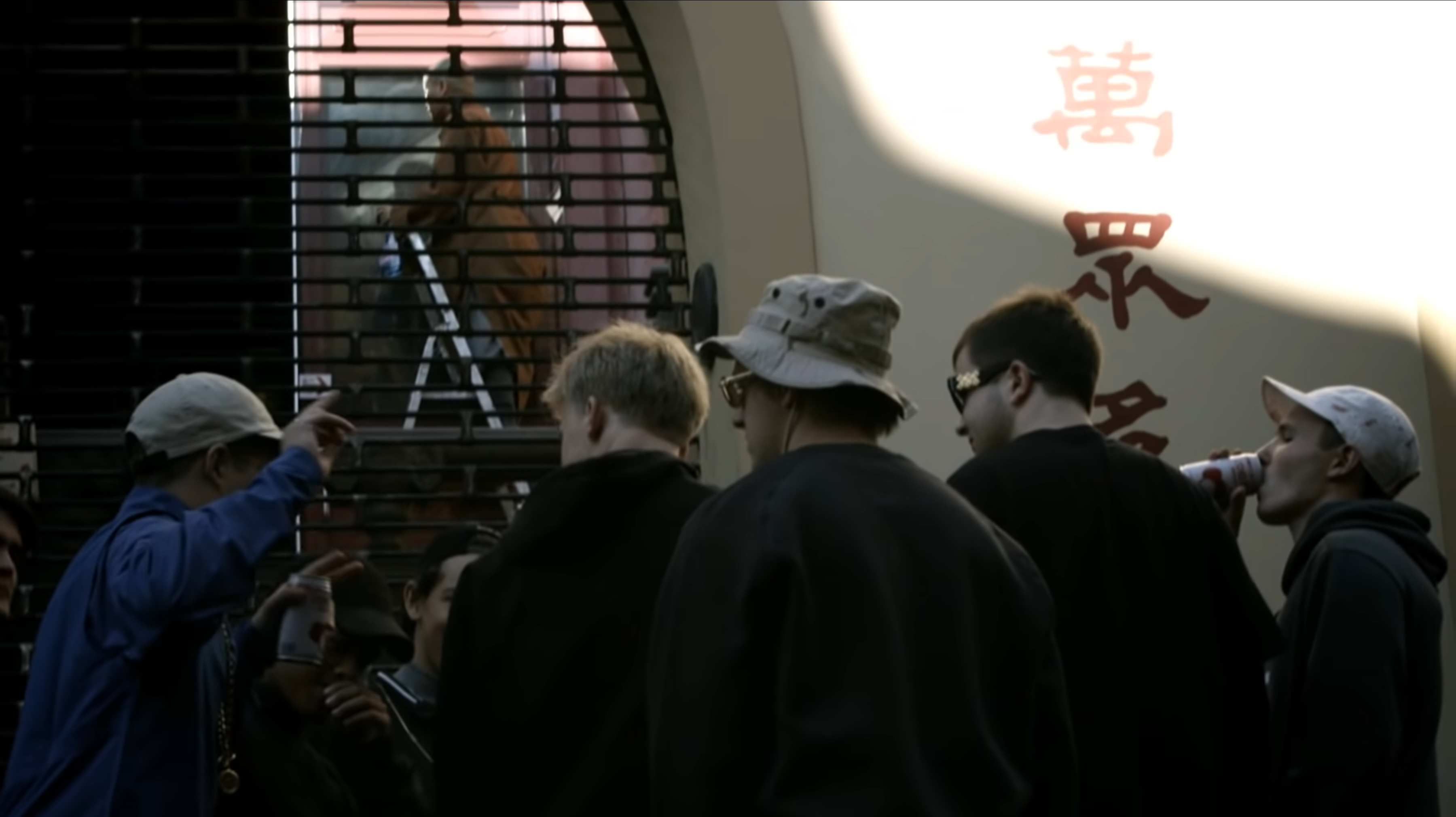6 - [Media Studies] Håstad Part One - Identity Tourism
Part 1: Unpacking Nakamura's Cybertypes Through the Lens of Jonatan Leandoer Håstad’s Viral Hit "Kyoto"

“I'm from Stockholm in Sweden. And I don't think it has any effect on my music at all.” Through his lyrics, with the help of mass media, and specifically the internet, Jonatan Håstad, also known as Yung Lean, paints an image of a world completely opposite his own. In doing so, much of his discography and more specifically, his viral hit song, "Kyoto", are a gold mine for examples of a concept called cybertyping. Cybertyping is defined as "the distinctive ways that the Internet propagates, disseminates and commodifies images of race and racism". Lisa Nakamura is a professor of media and cinema studies, and author of Cybertypes, a book that probes identity online. Håstad's track "Kyoto" will be analyzed against concepts introduced in "Cybertyping and the Work of Race in the Age of Digital Reproduction", a chapter of Cybertypes. "Kyoto" was produced by Carl-Mikael Göran "Micke" Berlander, also known as Yung Gud, its lyrics are written by Håstad, and its video is directed by Rigel Kilston. Its production, lyrics, and video all share elements from East Asian, Black American, and European cultures. Multiple parallels are drawn between Håstad's lyrics, videos, and the ideas explored in Nakamura's chapter. These parallels include the idea of convenient exoticism created by blending genres of music over the internet. Another set of parallels revolves around identity tourism and instances of cybertyping in Jonatan Håstad's lyrics and music videos.

First, the idea of identity tourism is touched on by Nakamura. In a section of "Cybertyping and the Work of Race in the Age of Digital Reproduction", Nakamura describes how "I have coined the term identity tourism to describe a disturbing thing that I was noticing in an Internet chat community. During my fieldwork, I discovered that the afterimages of identity that users were creating by adopting personae other than their own online as often as not participated in stereotyped notions of gender and race." To bridge this to Håstad, many of his lyrics could be considered examples of cybertyping. For instance, in a song, Håstad mentions that "Me and my boys stacking Benjamins, we be stacking Benjamins". The term "stacking benjamins" means making a lot of money and is a term that could be seen in African American Vernacular English. Before the release of this song, Håstad had not visited the United States, which makes it unlikely that he would have ever used the United States dollar. While his song is not a message on an internet chat board, it is published over the internet on platforms such as SoundCloud and YouTube. By publishing his video on a media platform combined with his adoption of the Black American persona as seen through these lyrics, it could still be safe to assume that this is an instance of identity tourism and aligns with Nakamura's description of cybertypes.
Another instance of identity tourism could be seen in Håstad's "Kyoto" music video. In the video, Håstad holds a sword and other items in an East Asian shop in Amsterdam's Chinatown. In addition to this, he stands next to an aisle of imported groceries with writings that are in either Chinese, Japanese, or Korean characters. Furthermore, in the background, you can see members of his music group wearing conical hats. It could be concluded that the hats in this instance are being worn stereotypically as it aligns with Adriana Hill, a writer for The Fashion and Race Database, description of how conical hats are frequently worn in the West. The inclusion of these stereotypical acts in the "Kyoto" video could be considered in line with some of Nakamura's ideas of identity tourism, as he is temporarily adopting a culture. It is interesting, but possibly irrelevant, that Håstad's home city, Stockholm, does not have a Chinatown, an ethnic enclave for Chinese people. Håstad physically travels to acquire these cultural elements for the "Kyoto" video. Nevertheless, the song is published on the internet, and referencing a video game in its first verse moves the act of him featuring these objects from mere stereotypes to cybertypes by being shared over the internet and including digital references.
Although Nakamura describes cybertyping as disturbing multiple times, it is difficult to say whether it is entirely a bad thing. On one hand, as described by Ledsham, Håstad can blend different cultures to produce something unique, interesting, but also surprisingly and uniquely captivating to listen to. Moreover, the idea of Håstad's production style playing a role in allowing him to gain a broad reach despite the cultural, physical, and language barriers he faced has been mentioned by music critics. Interestingly, it could be seen by Klaus Schulze, Kraftwerk, Tangerine Dream, Can, and Faust, the German music acts mentioned earlier, who achieved something similar decades before Håstad by featuring an electronic music production that was so captivating it is noted that their music had circumvented language barriers as described by Holmes. Perhaps Håstad can create more captivating songs by broadening his palette of influences, so to say, by mixing ideas that would otherwise have been isolated. However, on the other hand, his music relies on stereotypes that might be harmful. An interesting question is why "Kyoto" creators Håstad, Berlander, and Ryan Kilston filled the song and video with so many instances of cybertyping, especially compared to other songs and videos at that time. Nevertheless, multiple parallels were drawn between Håstad's lyrics, videos, and the ideas explored in Nakamura's "Cybertyping and the Work of Race in the Age of Digital Reproduction". These parallels include the idea of convenient exoticism created by blending genres of music. Another set of parallels revolve around identity tourism and instances of cybertyping in Johnathan Håstad's lyrics and music videos.
Finally, elements that appear musically in "Kyoto", from the same three cultures—East Asian, Black American, and European—are carried over visually to the music video for Håstad's song. First, it is important to establish how elements from each culture appear in the "Kyoto" video. One, the video includes references to East Asia as touched on in a previous paragraph. Two, the video is shot in the European city of Amsterdam and includes shots of Håstad and his group traveling through the canals of Amsterdam. Canals are a common characteristic of many European cities. It is difficult to say if Håstad set his video in Amsterdam and included backdrops of Amsterdam's cityscape to intentionally make his video more "European" and for his video to acquire a European identity, similar to how Håstad littered his video with visual traces of Black American rap and East Asian culture such as in his "Kyoto" video. However, it is interesting to note that his video includes these deliberate references to Europe. In addition, more discernible instances of Håstad adopting a European persona in his video may be clearer to someone more familiar with specific elements of European culture or the differences between Håstad's home city of Stockholm and Amsterdam. Three, Håstad is seen standing through the glass roof of a Maybach sedan. Including this specific car model in his video could be viewed as acquiring a Black American rap identity. Maybachs, according to Vanity Fair, are often featured in Black American rap culture. In conclusion, to go with the idea of existing stereotypes traversing into the cyberworld as described by Nakamura, in "Kyoto", which contains a sizable series of stereotypes as previously established, the transitions and effects are digital and create an effect of being in a video game as described by Hicken. Håstad, Berlander, and Kilston tie elements of East Asian, European, and Black American rap culture both musically and visually. Through this, again, it is possible to discern a similarity between Nakamura's description of a tech worker not having to leave an office to gain exposure to other cultures and how a rap listener or someone familiar with rap can listen to elements of East Asian and European music without leaving the genre.
From the listeners' perspective, Håstad's music does touch on another concept introduced by Nakamura in "Cybertyping and the Work of Race in the Age of Digital Reproduction". In a section, Nakamura describes how "They need never leave their start-up offices (a frowned-upon practice in any event) yet can conveniently enjoy the exotic cuisine and odors of 'another' world and culture." A parallel could be drawn between this quote from Nakamura and listeners of Håstad's music because a listener can enjoy the sounds and production style that they would not typically hear in United States-produced rap without the inconvenience of leaving the rap genre. Before diving into this, it is important to establish the three different cultural elements that are featured in "Kyoto". First, one of the samples used in the song is described by Scott Hickeb, a media studies undergraduate, as oriental sounding. Next, "Kyoto" is a rap song. Rap music was created in the South Bronx by Black Americans and is often linked to Black American culture. Finally, according to High Clouds writer, Ed Ledsham, Håstad's music wields electronic elements. In addition to being first created in Europe, it could be determined that modern electronic music has roots in Europe, in addition to the United States, through German musical acts such as Klaus Schulze, Kraftwerk, Tangerine Dream, Can, and Faust being considered as major influences of subsequent electronic rock. Nevertheless, Håstad tying these three cultures and possibly more, in one song, allows the listeners to enjoy sounds and a production style they would typically not hear in the music that each group listens to. In conclusion, this is similar to Nakamura's description of tech workers in an office.
Claremont - November 5, 2021











